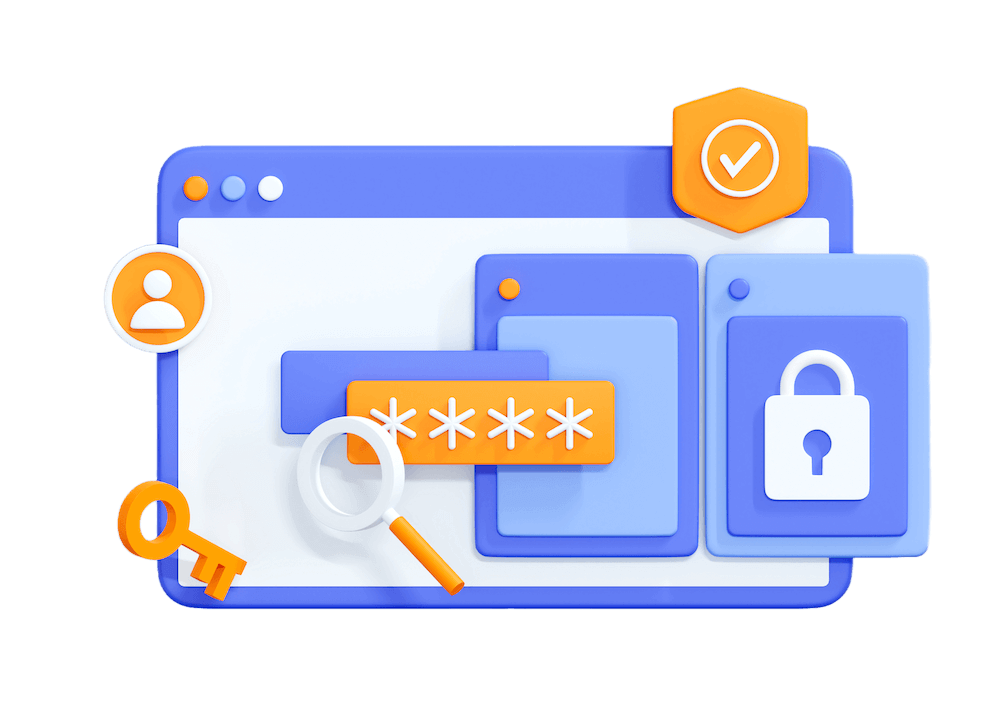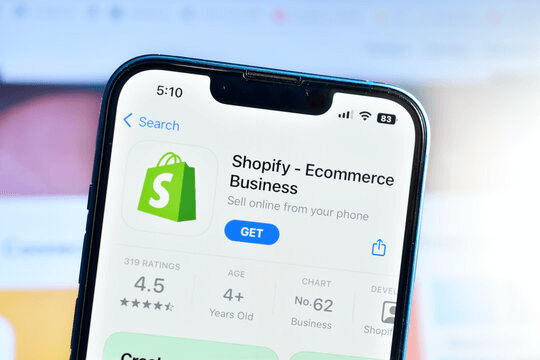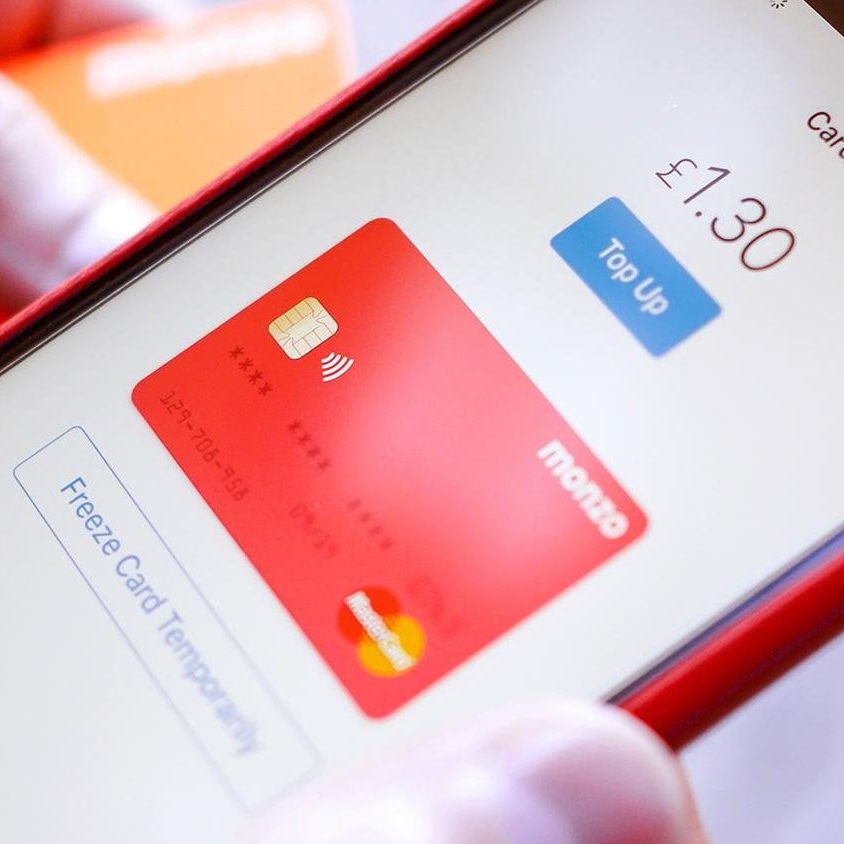
Navigating Online Payment Security
Published: 02/04/24
Online payments are the norm in society today, but things were different 30 years ago. In 1994, Amazon was launched, and many would agree that it was one of the original websites that made e-commerce what it is today.
 From credit card transactions and online payment platforms to the invention of the digital wallet, today’s plethora of online payment options means technology is on a continuous upward trajectory.
From credit card transactions and online payment platforms to the invention of the digital wallet, today’s plethora of online payment options means technology is on a continuous upward trajectory.
In this post, we’ll look at traditional payment methods and how they compare to today’s options. Most importantly, you’ll discover emerging payment technologies offering more security and convenience than ever before.
Traditional online payment methods
The first online transaction in 1994 involved a Sting CD (New York Times). During the mid-1990s, e-commerce stopped being an idea and quickly became a growing reality as new and old businesses rapidly embraced it.
From Pizza Hut offering an online delivery service to the introduction of eBay in 1995, consumers began using the internet for online purchases.
Research from the Pew Research Center also estimated that 46% of internet users had bought something online in 2000, but this number increased to 66% in 2007.
Of course, these purchases were only made possible by online payment technology, with some of the original methods still in use today.
Credit and debit cards
Cards were the original method of payment for e-commerce platforms. Similar to today, customers input their card information, including the security code, and the transaction goes through a payment gateway for processing.
However, some distinctive changes over the years transformed credit and debit card payments, including:
Regulatory Measures
In 2004, the Payment Card Industry Data Security Standards (PCI DSS) was implemented to ensure better security with online transactions. The recent GDPR further strengthened regulations and gave consumers more control over their personal information.
Mobile payments
In the early days of online payments, transactions from mobile phones were nothing but a distant dream. Today, users can make contactless payments from their phones, and it’s easy to store payment information in apps like Google Pay and Apple Pay.
Digital wallets
In 1997, Coca-Cola introduced the first form of digital wallet when it installed two vending machines that allowed people to make payments through text messages. Today, there are different types of wallets available, with each offering numerous functions:
- Closed: These e-wallets are issued by a company, and consumers can make purchases only from that retailer. For example, Amazon Pay returns refunds and cancellations to the person’s wallet.
- Semi-Closed: Consumers with a semi-closed wallet can typically use it at select stores. While they often have restricted coverage, these wallets offer more flexibility.
- Open: Apple Pay and Google Pay are examples of digital wallets; your bank might also offer them. These wallets are compatible anywhere.
Online payment solutions
PayPal is arguably the most popular online payment platform, despite being invented in 1998. Today, we have a range of platforms at our disposal, including Stripe, a popular PayPal alternative.
Online payment solutions also span beyond the traditional gateways to innovative solutions, including:
- P2P Apps: Peer-to-peer payment apps allow people to send and receive money and share bills. They include Cash App and Venmo.
- Cryptocurrency: Cryptocurrency payment platforms facilitate decentralised transactions through secure Blockchain technology. Popular options include BitPay and CoinGate.
Security measures
Secure Socket Layer (SSL) encryption was once regarded as a giant leap forward in online security – but the excitement didn’t last long. The risks associated with SSL meant many consumers were unwilling to shop online due to fraud-related concerns.
Today, our technology offers robust security measures designed to protect consumers. Popular solutions include:
- Advanced Encryption: SSL built the foundations for encryption, but Transport Layer Security (TLS) is a constantly evolving technology that offers more security.
- Biometrics: Fingerprint scans, facial recognition and even voice recognition technology protect people online using robust identification measures.
- Virtual Cards: Virtual cards enable consumers to make in-store and online transactions by connecting to apps. They often come with encryption technology and are digital only.
- Tokenization: Traditional online payments transmit card information over the internet, but tokenisation uses unique tokens that hackers cannot decrypt.
Emerging technologies in online payments
As we continue to rely on digital solutions for everyday activities, technology will define the future of online payments. Some of these technologies already exist, while others have yet to take hold—but they will redefine how we make transactions.
AI and machine learning combat fraud
Artificial intelligence is capable of handling large datasets and drawing conclusions from them. So, it’s no surprise that machine learning will play a key role in identifying fraud through analysing suspicious behaviours.
Mastercard built its fraud detection system using AI technology to create a model to boost successful detection rates by 300% (CNBC).
In the future, we can expect to see AI fraud detection expand as banks and merchants utilise it to make fraud a thing of the past.
Biometric modalities expand
 With the biometric authentication market steadily increasing, the future looks bright for face, fingerprint and voice recognition (LLC Buddy). Palm prints and gait analysis are likely, with brainwave authentication also possible.
With the biometric authentication market steadily increasing, the future looks bright for face, fingerprint and voice recognition (LLC Buddy). Palm prints and gait analysis are likely, with brainwave authentication also possible.
These advances will provide more security than ever, making it harder for cybercriminals to access personal information.
The Internet of Things
Convenience is everything in an always-on society, and the IoT allows consumers to connect objects with the internet. We expect to see a new wave of transactions as more people use their smartphones, cars and even appliances to make payments.
An example is Mercedes Mobility, which enables users to make transactions from the comfort of their cards.
With voice-activated assistants such as Alexa and Siri facilitating natural language commands, consumers can also pay their bills, make transfers and purchase items without even using their hands.
Getsby’s approach to secure payments
With all the emerging payment solutions available, virtual cards offer consumers a convenient way to spend online and in-store. Getsby offers prepaid virtual cards compatible with over 36 million merchants worldwide.
Powered by Mastercard, these cards enable users to pre-load them and spend as they wish. With no risks of compromising bank details and advanced encryption technology, our approach to secure payments aligns with a future of accessibility.
Order your Virtual Cards online
Apply for a digital prepaid card online and receive the activation code via email within 2 minutes.


